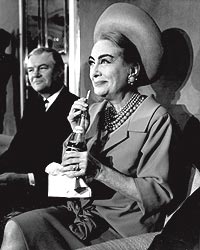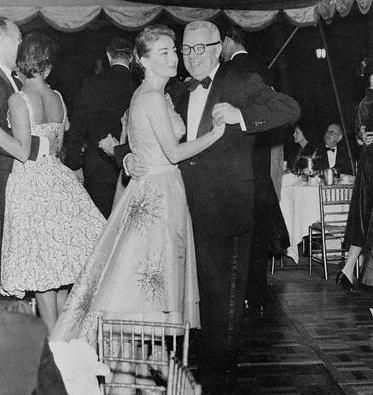
"They don't take me too seriously with my little camera," he said to New York Magazine, "I don't come as a photographer. His subjects felt relaxed in the presence of a less obtrusive camera and Eisenstaedt was able to capture timeless, candid photos of some of the era’s biggest names. He was a pioneer of this style, and this led to his success as a portraitist. Unlike most news photographers of the time, he favored small 35mm film cameras and natural lighting-not the large, bulky 4”x5” press cameras with flash attachments that his contemporaries lugged around. Over his career he had more than 90 of his photos featured on the cover of the magazine, and over 2,500 of his photo stories published.Įisenstaedt was renowned for his ability to capture images with speed and flexibility. You probably know him as the person who captured the iconic V-J Day kiss image in Times Square. Thoughts? Sound off in the comments below.Alfred Eisenstaedt was one of LIFE Magazine’s most notable photographers and photojournalists. Eventually, Cathy went on to win a defamation suit in mediation against Christina when the latter told people on her tour that Crawford only told people Cathy and Cindy (who died in 2007) were twins, but it was all just an untrue bid for attention.įeud: Bette and Joan airs Sundays at 10 p.m. The twins refuted all of Christina’s claims about their mother (Christopher supported them until his death in 2006), and continued their own feud with their sister in their adult years.

Although Christina never flat out accused her mother of killing her fourth husband, Steele, she has pointed to the fact that the healthy man suspiciously fell down the stairs only three years after they had been married. She claims her mother never contacted her or addressed the situation afterwards.ġ1.

Christina wrote that when she was 15 years old, she was so depressed from her mother’s treatment towards her that she tried to kill herself at boarding school by overdosing on pills. Crawford attacked her daughter once more after that incident when she thought Christina was making a pass at her husband, Alfred Steele.ġ0. “That was the last time we had any physical violence, because I knew that if it happened again, I would do everything in my power to protect myself,” she later told Larry King.ĩ. When Christina was 13 years old, she supposedly suffered one final brutal beating from her mother, in which she thought she was going to be choked out. The kids then had to write thank you cards for each and every gift, and those cards were meticulously edited by Crawford.Ĩ. But they were only allowed to choose one thing to keep while the rest were given away to charity or saved to be re-gifted. At Christmas, the children were photographed as being gifted tons of items. Crawford supposedly kept Christopher tied up in bed in a “sleep safe” device and she also trussed Christina up in the shower at night.ħ. Christina says she was once starved for days when she refused to eat an undercooked steak that was still bloody, all in a bid for her mother to further control her.Ħ. Crawford was prone to what Christina called “night raids,” in which she would wake the children up drunk and make them clean messes they hadn’t necessarily made for hours on end.ĥ. Crawford then made Christina wear the dress for a week in order to humiliate her.Ĥ. Christina had a favorite dress until she provoked her mother into shredding it. In a scene that’s become synonymous with the film, she is said to have dragged her daughter by the hair yelling, “No wire hangers, no wire hangers!” while beating her with one until her “ears rang.”ģ. Crawford hated wire hangers, and reportedly once woke up her daughter in the middle of the night for using them. But after Crawford’s third marriage fell apart she renamed the children.Ģ.

and Phillip Terry Jr., (after his adoptive father). When Crawford first adopted Christina and Christopher, they were named Joan Jr.


 0 kommentar(er)
0 kommentar(er)
